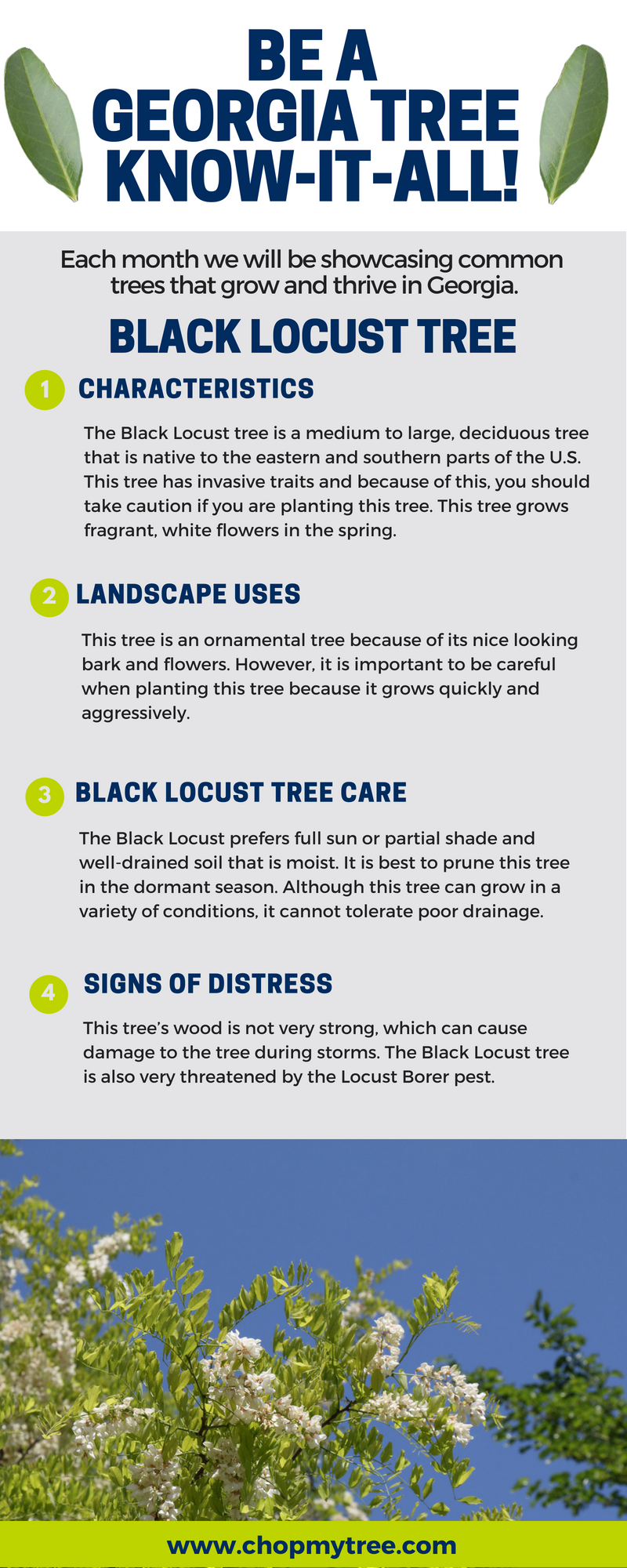Post-Tree Elimination Assistance: How To Efficiently Restore Your Landscape
Post-Tree Elimination Assistance: How To Efficiently Restore Your Landscape
Blog Article
Writer-Hinrichsen McCollum
After a tree's removal, your landscape might look fairly various, and it's vital to examine the after-effects meticulously. You'll want to assess the soil disturbance and check surrounding plants for any kind of signs of stress. Disregarding these factors can result in bigger problems down the line. So, what should you do with those stumps and roots? And exactly how do you pick the best plants for your rejuvenated room? Let's check out these crucial steps.
Examining the Aftermath: Examining Your Landscape
After a tree removal, it's essential to analyze your landscape to comprehend the effect it carries your yard.
Beginning by analyzing the area where the tree stood. Seek indicators of dirt disturbance, and examine the surrounding plants for any type of stress or damage.
You should likewise remember of how the removal has changed sunshine exposure and air flow in your garden. This change can impact the growth of close-by plants, so it's necessary to evaluate their health and wellness.
Consider the aesthetic elements as well; the elimination could develop an open space that you can upgrade.
Lastly, think about any possible disintegration problems that could occur from the tree's lack. Addressing these elements early will help restore equilibrium to your landscape.
Dealing With Stumps and Origins: Choices for Removal
Once you've assessed the consequences of the tree removal, you'll likely require to deal with the stump and roots left behind.
You have a couple of choices for elimination. One effective technique is stump grinding, where an expert utilizes a maker to grind the stump down to underground degree. This approach leaves minimal disruption to your landscape.
If you prefer a do it yourself approach, you can use a combination of excavating and chemical stump cleaners. Simply remember, this procedure can require time and effort.
Conversely, take into consideration leaving the stump as an all-natural feature, which can serve as an one-of-a-kind yard aspect or habitat for wild animals.
Whatever you select, dealing with the stump and origins is vital for recovering your landscape.
Picking the Right Plant Kingdoms for Your New Room
As you analyze your recently gotten rid of space, selecting the right plants can significantly enhance your landscape's beauty and performance.
Beginning by taking into consideration the sunshine and soil conditions. For warm locations, select drought-resistant plants like lavender or succulents. In shaded areas, ferns and hostas prosper well.
Think of the dimension and growth routines of your plants; mix perennials and annuals for seasonal variety. Do not neglect to integrate indigenous varieties; they need much less upkeep and assistance neighborhood wildlife.
Group plants in odd numbers for an extra all-natural look and develop layers for aesthetic deepness.
Ultimately, ensure https://www.theprogress.com/letters/letter-saddened-to-see-tree-removal-along-vedder-road/ have a mix of shades and appearances to maintain your landscape lively throughout the periods.
https://tituslfauo.develop-blog.com/42449098/in-the-middle-of-the-elegance-of-your-landscape-concealed-dangers-like-tree-stumps-prowl-uncover-crucial-techniques-for-elimination-and-change-your-backyard-today growing!
Verdict
In conclusion, recovering your landscape after tree elimination is a fulfilling process. By assessing the consequences, dealing with stumps and roots, and picking the right plants, you'll produce a thriving setting. Don't neglect to integrate disintegration control actions to safeguard your dirt. With a little effort and care, you can change your room into a dynamic garden that boosts your residential or commercial property. Welcome the chance to revitalize your landscape and appreciate the charm of nature right in your backyard!
